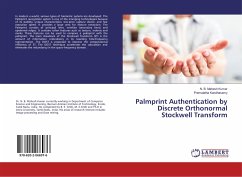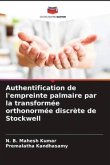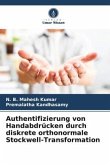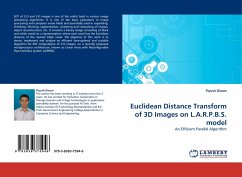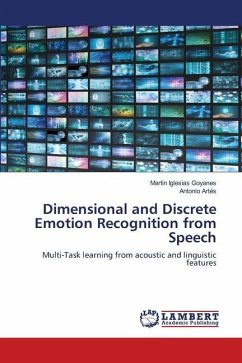In modern e-world, various types of biometric systems are developed. The Palmprint recognition system is one of the emerging technologies because of its stability, unique characteristics, low-price capture device, and fast execution speed. It provides a large area for feature extraction. The Palmprint consists of principal lines, wrinkles (secondary lines) and epidermal ridges. It contains other features such as texture, indents and marks. These features can be used to compare a palmprint with the palmprint. The main drawback of the Stockwell Transform (ST) is the amount of information redundancy in its resulting time-frequency representation. The DOST is proposed to improve the computational efficiency of ST. The DOST technique accelerates the calculation and eliminates the redundancy in the space-frequency domain.
Bitte wählen Sie Ihr Anliegen aus.
Rechnungen
Retourenschein anfordern
Bestellstatus
Storno

